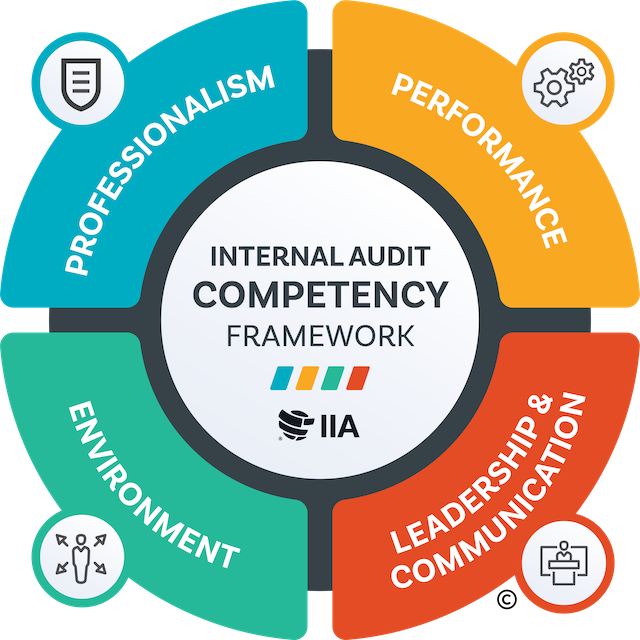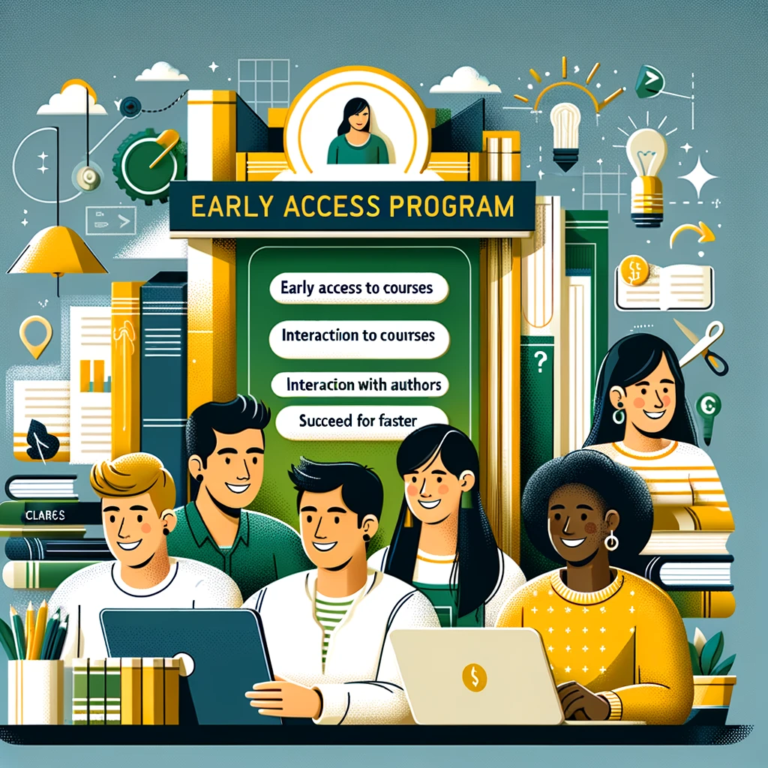Limitations of the NASBA Credit-Hour System
Part 3 in a series on the future of Continuing Professional Education for auditors.
Purpose
In this post, we explore the credit-hour system adopted by the National Association of State Boards of Accountancy (NASBA) for its learning system. We also discuss the limitations inherent in this method of learning measurement.
Introduction
NASBA’s continuing professional development program operates on a credit-hour system. Link to the most current version of the Standards is here. In other words, educational value is measured by the amount of time spent in a learning activity. While this approach to learning seems straightforward, it has limitations. We explore three major limitations of the credit-hour approach inherit in NASBA’s Standards.
Our motive is to create awareness within the Internal Audit community. We also seek to advocate for change at the Institute of Internal Auditors (IIA). We previously called on the IIA to abandon NASBA as a ‘standard’ for auditor development here. This post provides more arguments.
Limitation 1: Quantity Over Quality
Time-based measurement ensures learners spend a certain amount of time on their development. It does not guarantee the quality of education received. This system places emphasis on quantity (time spent) rather than quality (knowledge gained). Not all instructors are equally proficient at making their points. Measurement is on the duration of the lecture, not the comprehension of the material. So, students may spend hours learning without fully understanding or retaining the information. Students may spend more time beyond the lecture to gain true comprehension. Extra resources outside of the initial training may be need to gain comprehension. This added time is not acknowledged in the awarded credits.
Limitation 2: Lack of Flexibility
The credit-hour system does not consider the varying learning speeds of different students. Some students may grasp concepts fast, while others need more time. The system fails different learners by using standardized time on a learning activity.
We shared some biases in the NASBA system before. The NASBA credit system also has implicit bias towards English speakers. NASBA does not take into account that English is not the first language for many auditors and accountants. Nor does NASBA acknowledge it may take non-native English speakers twice as long (or more) to complete the training. Yes, translation technology has greatly improved. It was not NASBA that drove this innovation, nor was any public work done by NASBA to remove this bias.
Limitation 3: Inability to Measure Engagement and Participation
NASBA delivery methods have fallen short at measuring engagement and participation of learners. NASBA is not a technology provider. They have been reliant on the software platforms to track engagement. The software has not determined if students are participating in the learning process. Identity can only be assumed with online quizzes or exams.
This limitation is particularly significant in the context of online learning. Distractions are plentiful, so keeping learners focused and engaged can be a challenge. Learners may be signed into a course but could be disengaged. Students , merely skimming through the material without truly absorbing or understanding it. This risk is heightened in a system that places a premium on the time spent rather than on the level of engagement or the quality of participation.
Webinar Example: Accountants and Auditors are conditioned to seek “free” webinars hosted by the Big Accounting firms and other trainers. Traditionally, webinar software has not measured ‘engagement’ of the attendee. Trainers ask a series of ‘polling’ questions during the webinar. This amounts to little more than tracking attendance throughout the webinar. The polling questions are not required to be related to the training content.
Webinar delivery may inadvertently encourage surface learning. Since the focus is on time rather than on understanding, students might be tempted to mute the webinar and watch only for the polling questions. They may also simply memorize information to pass the quizzes instead of truly understanding the material. In this way, this delivery method does not inherently promote critical thinking or the application of knowledge, which are vital skills in today’s workforce.
Some modern webinar platforms have the ability to track the time the application is “actively viewed”. In other words, they track whether the application is minimized or hidden behind other applications. Users get penalized for not being fully engaged. It’s easy to get around this new feature with a second computer monitor.
On-Demand Example: Many on-demand learning platforms provide video based training. There are several benefits of this delivery method: available globally, available anytime. Just like webinars, email address serves at identity. Most sites do not have controls in place to ensure that account sharing is not taking place. These platforms do not have strong controls in place to ensure student engagement. Students can game these systems in a number of ways. They can take multiple courses simultaneously, or walk away from their computers entirely. In either case, they can answer the quiz at anytime after the videos have concluded.
Limitation 3: Discourages Self-Paced Learning
The NASBA credit-hour system, by its nature, discourages self-paced learning. In a world where online and self-paced learning are increasingly recognized for their benefits, this model seems outdated. It can discourage students who thrive in a self-paced environment and limit the opportunities for them to excel at their own pace.
NASBA should allow for flexibility and encourage self-paced learning, acknowledging that every learner’s pace and style of learning are unique. As we move forward, we should aim to create a system that fosters deep learning , sustainable understanding of materials rather than just surface-level knowledge.
Bonus Limitation 4: Artificial Intelligence (AI)
Artificial Intelligence represents the greatest innovation to ‘self-paced learning’ in our life time. Time bound education credits seem completely antiquated in a world with artificial intelligence. AI is an amazing and near limitless source of new ideas and skill development. Neither NASBA or the Institute of Internal Auditors (IIA) acknowledge AI in the continuing education Standards. So ‘self-paced’ learning with AI does not yet qualify for CPE credits.
Why are we so hard on NASBA?
It is important to critique and push for improvements in systems that govern our lives. That’s true for our personal and professional lives. We will continue to strive for better education education and training methods. It’s crucial to acknowledge our limitations and seek ways to evolve and improve.
Making the NASBA system more inclusive and accessible for learners is a must. NASBA policies should acknowledge non-native English speakers and those have learning disabilities. This could involve providing training in multiple languages, offering accommodations for learners with disabilities, and incorporating universal design principles in course materials.
As always, we’re attempting to make our critique constructive so that it may be of use to NASBA. We will suggest a potential non-NASBA solution for the audit community in a future post.
Conclusion
While the NASBA learning system’s credit-hour model ensures that students dedicate a certain amount of time to their studies, it has significant limitations. It emphasizes quantity over quality, lacks flexibility, and discourages self-paced learning. It also does not acknowledge advancement in AI. As the world of education continues to evolve, it’s essential for entities like NASBA to modernize their programs. NASBA needs to consider their limitations and adapt to meet the changing needs and preferences of the membership.
Furthermore, the credit-hour system does not provide incentives for learners to actively participate in their courses. It encourages students to accumulate credits, not build skills or competencies. Active participation in the learning process is necessary for deep learning and long-term retention of knowledge. Deep learning and competency is necessary for the future of our profession. The credit-hour system, unfortunately, no longer supports this.
For us to truly understand and address these issues, it’s crucial to re-imagine the credit-hour system. We need to prioritize comprehension over time spent in lecture. We need to accommodate diverse learning speeds, and promote active engagement in the learning process. Polling questions are not enough.
Audit Ri.sk is a reader-supported publication. To receive new posts and support our work, consider becoming a customer of one of our paid products.







